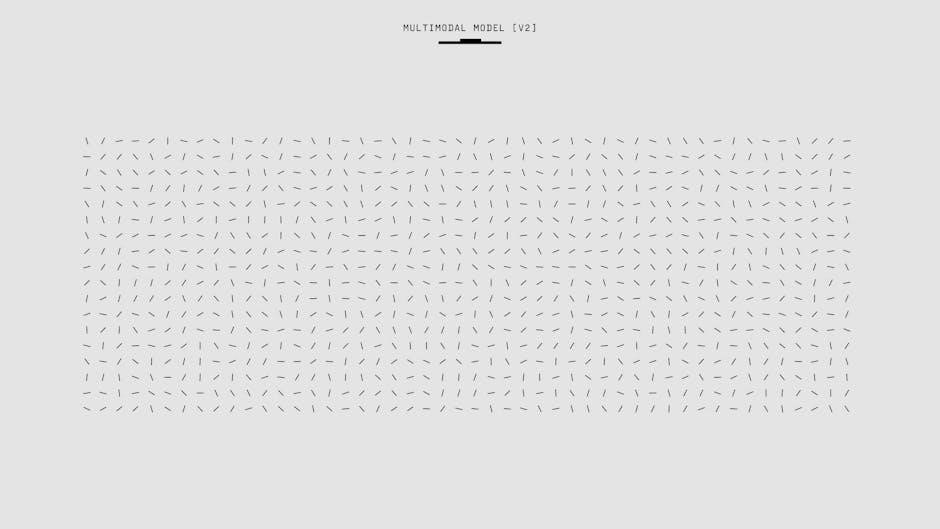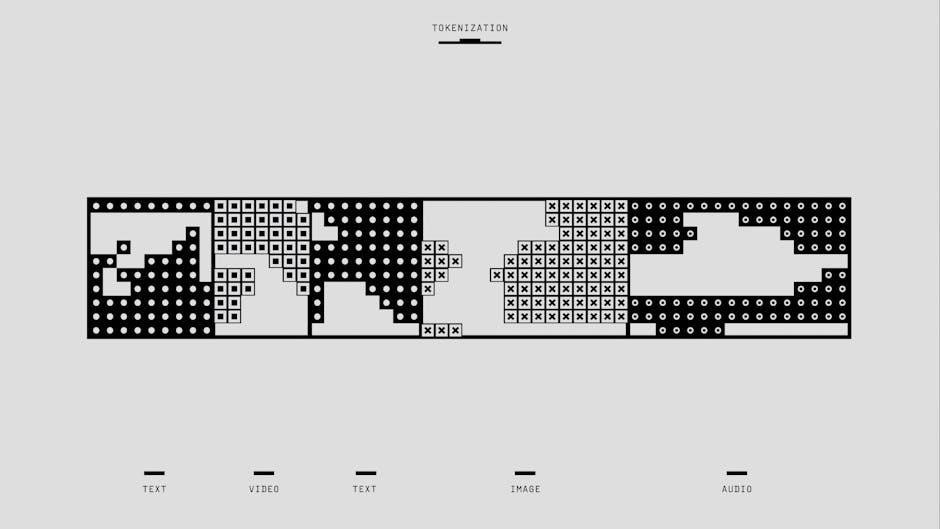The CAGED system is a powerful method for organizing music on the guitar, using five basic chord shapes (C, A, G, E, D) to simplify learning and enhance musical understanding.
1.1 Overview of the CAGED System
The CAGED system is a structured method for understanding the guitar fretboard by using five fundamental chord shapes: C, A, G, E, and D. These shapes are moveable and interconnected, allowing guitarists to play chords, scales, and arpeggios across the entire fretboard. The system simplifies learning by organizing music into visual patterns, making it easier to transpose chords and understand chord progressions. It is particularly useful for improvisation and soloing, as it provides a logical framework for navigating the fretboard. By mastering these five shapes, players can unlock the guitar’s full potential and apply the system to various musical styles and keys.
1.2 Importance of the CAGED System for Guitarists
The CAGED system is a foundational tool for guitarists, offering a logical approach to understanding chords, scales, and arpeggios. It simplifies learning by reducing the vast number of chords to five movable shapes, making it easier to navigate the fretboard. This system is particularly valuable for improvisation, as it provides a clear framework for creating solos and understanding chord progressions. By mastering the CAGED system, guitarists can transpose chords effortlessly, play in multiple keys, and develop a deeper understanding of music theory. It is an essential method for players of all levels, enhancing both technical skill and musical expression.

Understanding the CAGED System
The CAGED system is a method organizing guitar music using five basic chord shapes (C, A, G, E, D) to simplify learning and enhance musical understanding.
2.1 What is the CAGED System?
The CAGED system is a guitar playing method that uses five basic open chord shapes—C, A, G, E, and D—to map out the entire fretboard. These shapes are moveable and can be transposed to different keys by sliding them up or down the neck. The system helps guitarists understand the relationship between chords, scales, and arpeggios, making it easier to play chords in any key and position. By mastering these shapes, players can unlock the fretboard and improve their ability to improvise and solo. It’s a logical and methodical approach to learning guitar music theory.
2.2 The Five Basic Chord Shapes: C, A, G, E, D
The CAGED system revolves around five fundamental open chord shapes: C, A, G, E, and D. These shapes are the building blocks for understanding the fretboard and are moveable across it. The C shape is played as an open C chord, while the A shape corresponds to an open A chord. Similarly, the G shape, E shape, and D shape mirror their open chord counterparts. Each shape can be transposed to different keys by sliding it up or down the neck, making them versatile tools for playing chords in any position. Mastering these shapes is essential for unlocking the full potential of the CAGED system.

CAGED Chord Shapes
The CAGED system uses five basic chord shapes (C, A, G, E, D) that are moveable and interconnected, forming the foundation for understanding the guitar fretboard.
3.1 C Chord Shape
The C chord shape is one of the five foundational shapes in the CAGED system, serving as a starting point for understanding chord structures across the fretboard. It is an open chord that can be moved up the neck to create different chords by maintaining its shape. This shape is crucial for visualizing chord progressions and scales, as it forms the basis for many other chords. By mastering the C shape, guitarists can easily transpose chords and explore various keys. It is essential to practice this shape in different positions to build familiarity with its structure and relationship to other notes on the fretboard.
3.2 A Chord Shape
The A chord shape is another fundamental form in the CAGED system, providing a visual and structural foundation for understanding chords across the fretboard. This shape is derived from the open A chord and can be moved up the neck to create different chords while maintaining its structure. It is essential for simplifying chord learning and improvisation, as it allows guitarists to recognize patterns and transpose chords effortlessly. The A shape is particularly useful for playing in various keys and understanding chord progressions. By mastering this shape, players can unlock a wide range of musical possibilities and enhance their overall guitar playing skills.
3.3 G Chord Shape
The G chord shape is a cornerstone of the CAGED system, offering a clear framework for understanding chord structures across the fretboard. Derived from the open G chord, this shape can be transposed to various positions, enabling guitarists to play chords in different keys effortlessly. The G shape is particularly useful for identifying chord tones and constructing harmonies. By mastering this shape, players can simplify chord learning and improve their ability to navigate the fretboard. It also enhances improvisation and soloing by providing a visual reference for chord tones. The G shape is a vital tool for unlocking the guitar’s musical potential and expanding one’s harmonic knowledge.
3.4 E Chord Shape
The E chord shape is one of the five foundational shapes in the CAGED system, derived from the open E chord. This shape is highly versatile, as it can be moved up the fretboard to create various chords while maintaining its structure. The E shape is particularly useful for simplifying chord learning, as it allows guitarists to transpose chords easily. By mastering the E shape, players can enhance their ability to play in different keys and understand chord progressions. It also serves as a key tool for improvisation and soloing, providing a clear visual reference for chord tones across the fretboard. This shape is essential for unlocking the guitar’s harmonic potential and expanding musical expression.
3.5 D Chord Shape
The D chord shape is the final foundational shape in the CAGED system, derived from the open D chord. This shape is crucial for understanding how chords connect across the fretboard. The D shape is easily recognizable due to its distinctive finger placement, which often includes a barre. By mastering the D shape, guitarists can transpose chords effortlessly and play in various keys. It also serves as a key component for improvisation and soloing, providing a clear visual pattern for chord tones. The D shape is essential for unlocking the guitar’s harmonic potential and expanding musical expression, making it a vital tool for every guitarist.

Connecting the CAGED Shapes
The CAGED system reveals how chord shapes interconnect across the fretboard, creating a visual map for understanding chord progressions and simplifying the learning process for guitarists of all levels.
4.1 How the Shapes Interconnect Across the Fretboard
The CAGED system reveals that the five chord shapes (C, A, G, E, D) are interconnected across the fretboard, allowing guitarists to move these shapes up and down the neck seamlessly. Each shape can be transposed to different keys by sliding them along the fretboard, maintaining the same fingering pattern. This interconnection creates a visual map of the fretboard, making it easier to identify chord tones and construct chord progressions. By understanding how these shapes overlap and relate to each other, players can navigate the fretboard more efficiently and unlock a deeper understanding of chord relationships and musical structure.
4.2 Visual Patterns and Movable Shapes
The CAGED system emphasizes the importance of recognizing visual patterns and movable shapes on the fretboard. These patterns allow guitarists to identify chord tones and scales more effectively. By memorizing the shapes and their relationships, players can transpose chords and scales across the fretboard with ease. The system highlights how these shapes overlap and connect, creating a visual map that simplifies the fretboard. This approach not only enhances improvisation but also provides a foundation for understanding advanced techniques like arpeggios and soloing. Mastering these visual patterns and movable shapes is essential for unlocking the full potential of the CAGED system and improving overall guitar playing.

Benefits of the CAGED System
The CAGED system simplifies learning, enhances improvisation, and improves understanding of chord progressions, helping guitarists master the fretboard and unlock creative potential with confidence and precision.
5.1 Simplifying Chord Learning
The CAGED system revolutionizes chord learning by reducing countless chord variations to just five foundational shapes: C, A, G, E, and D; These shapes are movable across the fretboard, allowing guitarists to play any major chord by relocating the same form. Instead of memorizing multiple chord diagrams, players learn to recognize and transpose these universal patterns, making the process intuitive and efficient. This approach not only streamlines chord mastery but also enhances understanding of the fretboard’s layout. By focusing on these five shapes, the system simplifies the learning curve, enabling guitarists to explore various keys and styles with confidence and precision.
5.2 Improvisation and Soloing
The CAGED system is a game-changer for improvisation and soloing, as it provides a clear framework for identifying chord tones and creating smooth transitions across the fretboard. By understanding how these shapes interconnect, guitarists can easily locate the notes of any chord or scale, allowing for more fluid and intentional playing. This method also helps in visualizing arpeggios and scales, making it easier to craft meaningful solos. The ability to move shapes seamlessly enables players to navigate the fretboard with confidence, connecting ideas and enhancing musicality. This approach not only simplifies improvisation but also fosters creativity, making the CAGED system an invaluable tool for expressive playing.
5.3 Understanding Chord Progressions
The CAGED system provides a structured approach to understanding chord progressions by revealing how chords are interconnected across the fretboard. By identifying the five basic shapes, guitarists can easily map out the relationships between chords in any key. This method simplifies transposing chords and understanding how progressions work, allowing for smoother transitions between chords. The system also helps in identifying common chord substitutions and variations, enhancing the ability to play in different keys. This visual and logical framework makes it easier to grasp the structure of songs and improvise within chord progressions, ultimately deepening your understanding of music theory and its practical application on the guitar.

Applying the CAGED System
The CAGED system enables guitarists to play chords in various keys by transposing shapes, simplifying navigation across the fretboard and enhancing understanding of chord progressions and substitutions.
6.1 Transposing Chords Using CAGED Shapes
Transposing chords with the CAGED system involves moving the five basic shapes (C, A, G, E, D) up or down the fretboard to play chords in different keys. By identifying the root note of a chord and aligning it with the appropriate shape, guitarists can easily transpose chords without memorizing new fingerings. This method streamlines the process of playing in various keys, making it intuitive to adapt chords to different musical contexts. The visual patterns of the CAGED shapes provide consistency, allowing players to focus on musical expression rather than complex finger placement. This approach is particularly useful for improvisation and exploring chord progressions.
6.2 Playing in Different Keys
Using the CAGED system, guitarists can effortlessly play in different keys by leveraging the movable chord shapes. By identifying the root note of a key and aligning it with the appropriate CAGED shape, players can access all major chords within that key. This method eliminates the need to memorize multiple chord fingerings, as the shapes remain consistent across the fretboard. For example, to play a song in the key of G, simply locate the G root note and use the corresponding CAGED shape. This approach enhances creativity and ensures smooth transitions between keys, making it an invaluable tool for musicians aiming to expand their versatility.

Learning Resources
Explore CAGED system PDF guides and online tutorials for in-depth lessons. Resources like Wolf Marshall’s guide offer essential chord forms, diagrams, and tips for mastering the system effectively.
7.1 CAGED System PDF Guides
CAGED system PDF guides are excellent resources for learning the fundamentals. These guides, such as Wolf Marshall’s comprehensive manual, provide detailed chord forms, note-to-chord relationships, and fretboard diagrams. They explain how to transpose chords using the five basic shapes (C, A, G, E, D) and offer practical tips for memorizing root, third, and fifth notes. Perfect for beginners, these PDFs simplify the learning process by focusing on visual patterns and movable shapes. They also cover how to apply the system across the fretboard, making it easier to play chords and scales in any key. These guides are essential for mastering the CAGED system efficiently.
7.2 Online Tutorials and Videos
Online tutorials and videos are invaluable for mastering the CAGED system. Websites like MusicianPoster and GuitarTricks offer detailed lessons and video guides that break down the system into easy-to-follow steps. Platforms like YouTube feature channels such as GuitarLessons365 by GuitarJamz, which provide clear explanations of chord shapes, scales, and arpeggios. These resources often include demonstrations of how to apply the CAGED system for improvisation and transposing chords. Many tutorials cater to all skill levels, from beginners to advanced players, ensuring a comprehensive understanding of the system. They also offer practical exercises and real-world examples to help guitarists apply the CAGED system effectively in their playing.
The CAGED system simplifies guitar learning by connecting chords and scales, offering a natural method to understand music theory and enhance playing skills effectively.
8.1 Summary of the CAGED System
The CAGED system is a methodical approach to understanding the guitar fretboard by using five fundamental chord shapes: C, A, G, E, and D. These shapes, derived from open chords, can be transposed to closed positions across the neck, enabling players to explore various keys and chord progressions. The system emphasizes visual patterns and movable shapes, making it easier to learn and apply chords, scales, and arpeggios. By mastering these interconnected forms, guitarists can simplify chord learning, enhance improvisation, and gain a deeper understanding of music theory. It serves as a practical tool for both beginners and advanced players, offering a logical framework to unlock the guitar’s full potential.
8.2 Final Tips for Mastering the CAGED System
Mastering the CAGED system requires consistent practice and a focus on visual patterns. Start by memorizing the five basic chord shapes (C, A, G, E, D) in their open and closed positions. Practice transposing these shapes across the fretboard to understand how chords relate in different keys. Use PDF guides and online tutorials to reinforce your learning. Apply the system by improvising and writing songs, which helps integrate theory into practical music-making. Be patient and persistent, as mastery takes time. By connecting these shapes and understanding their relationships, you’ll unlock the guitar’s full potential and enhance your musical versatility.

